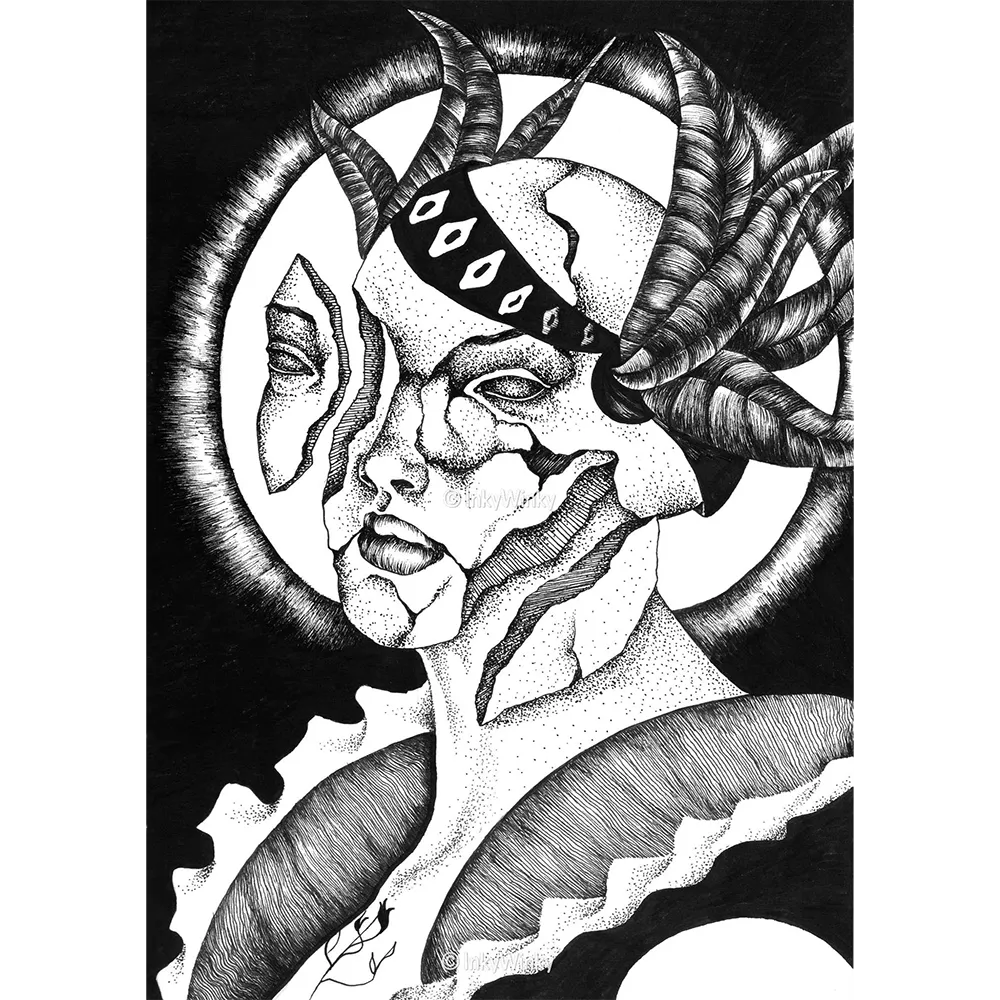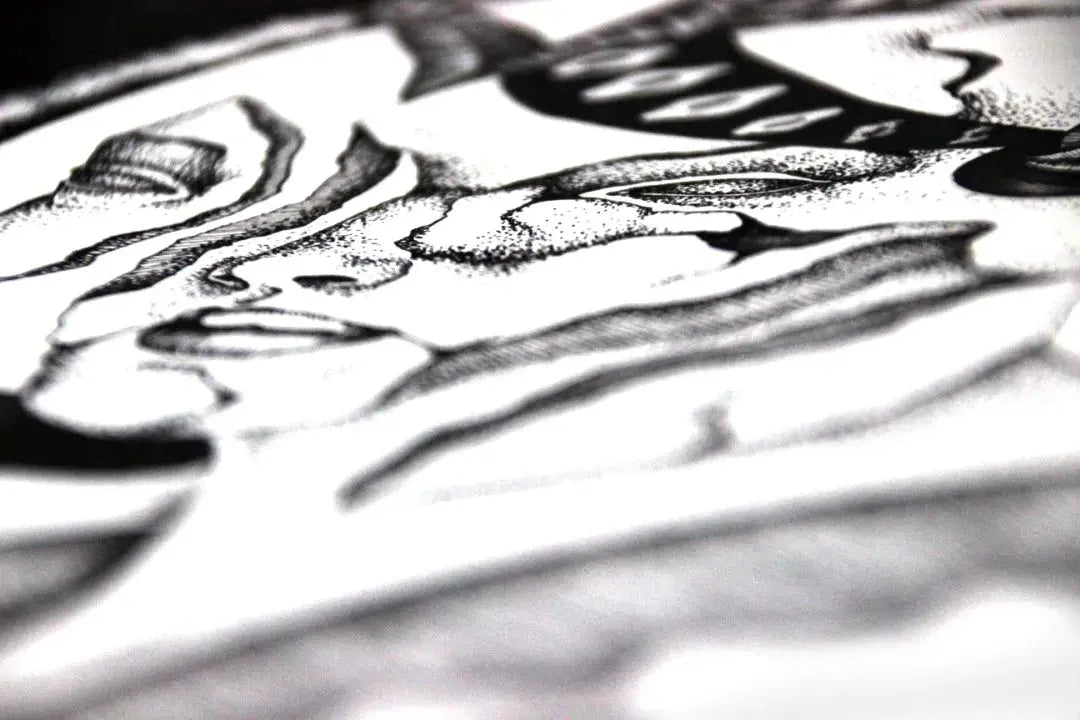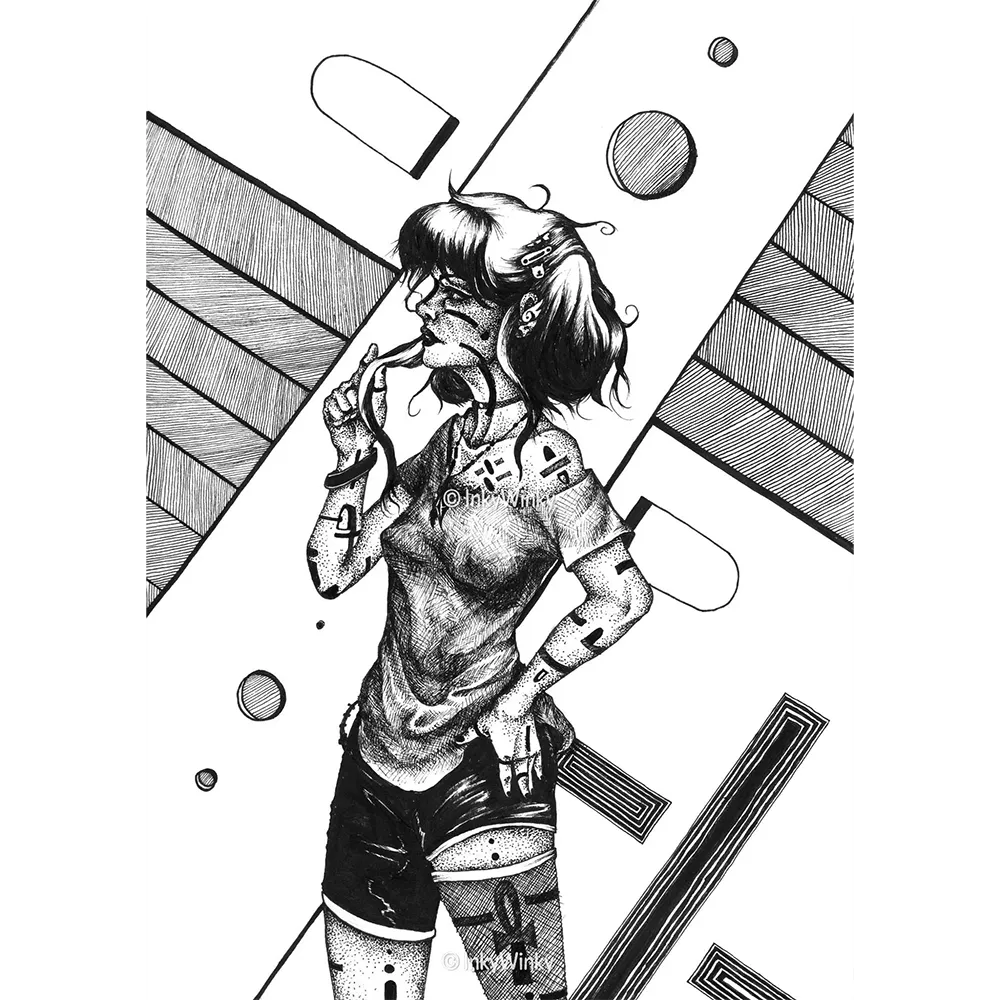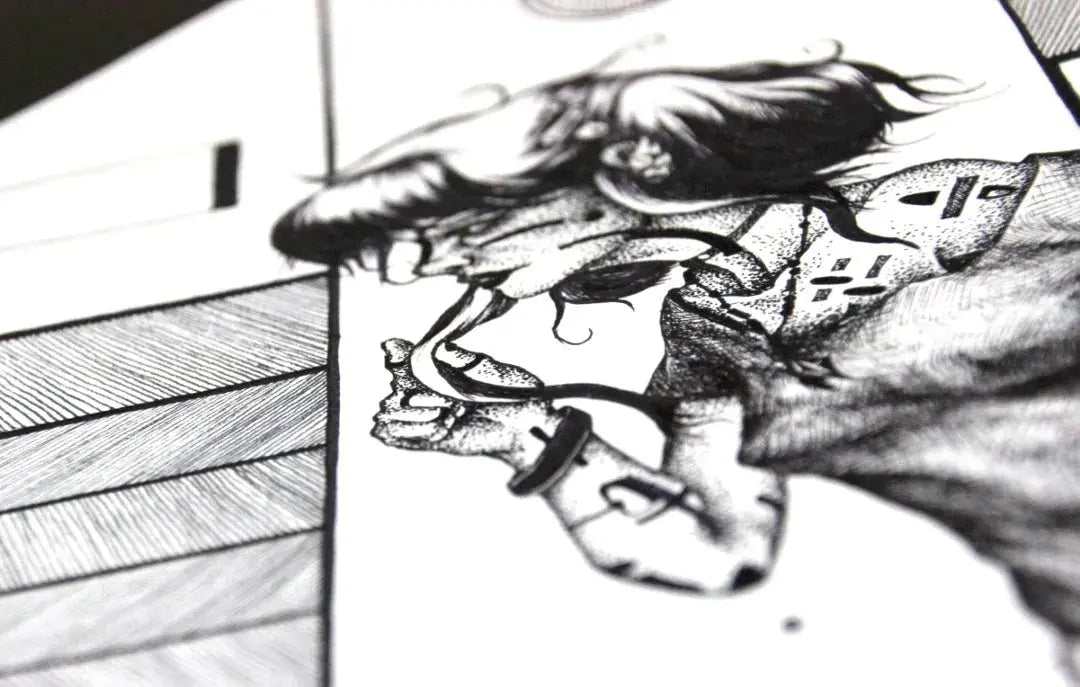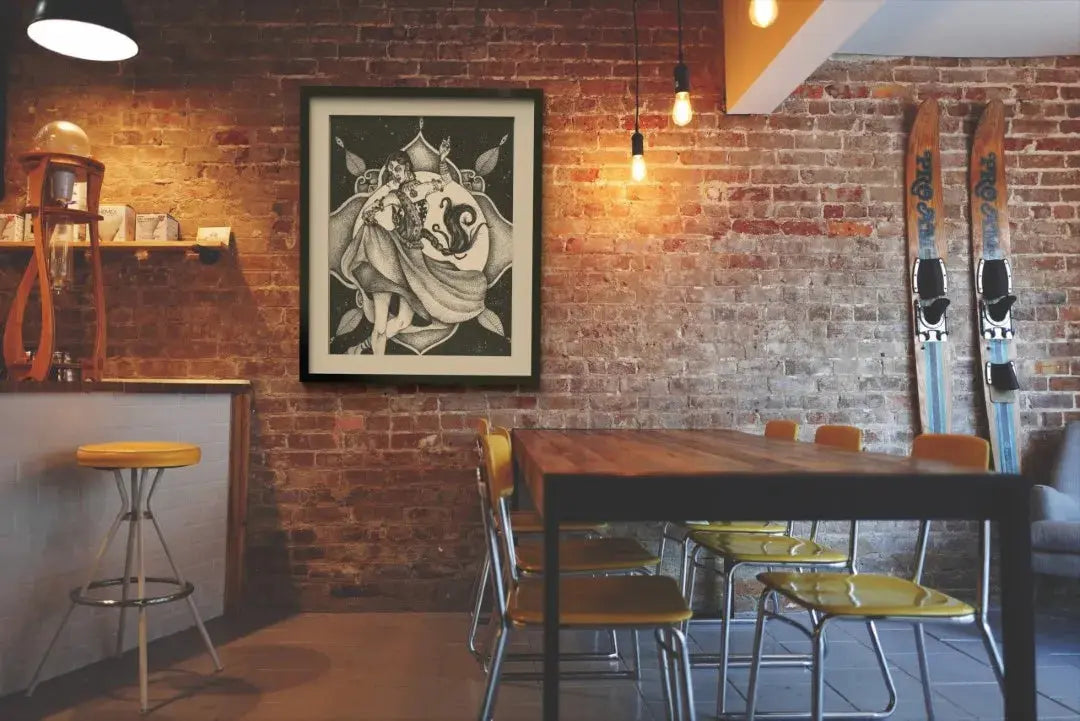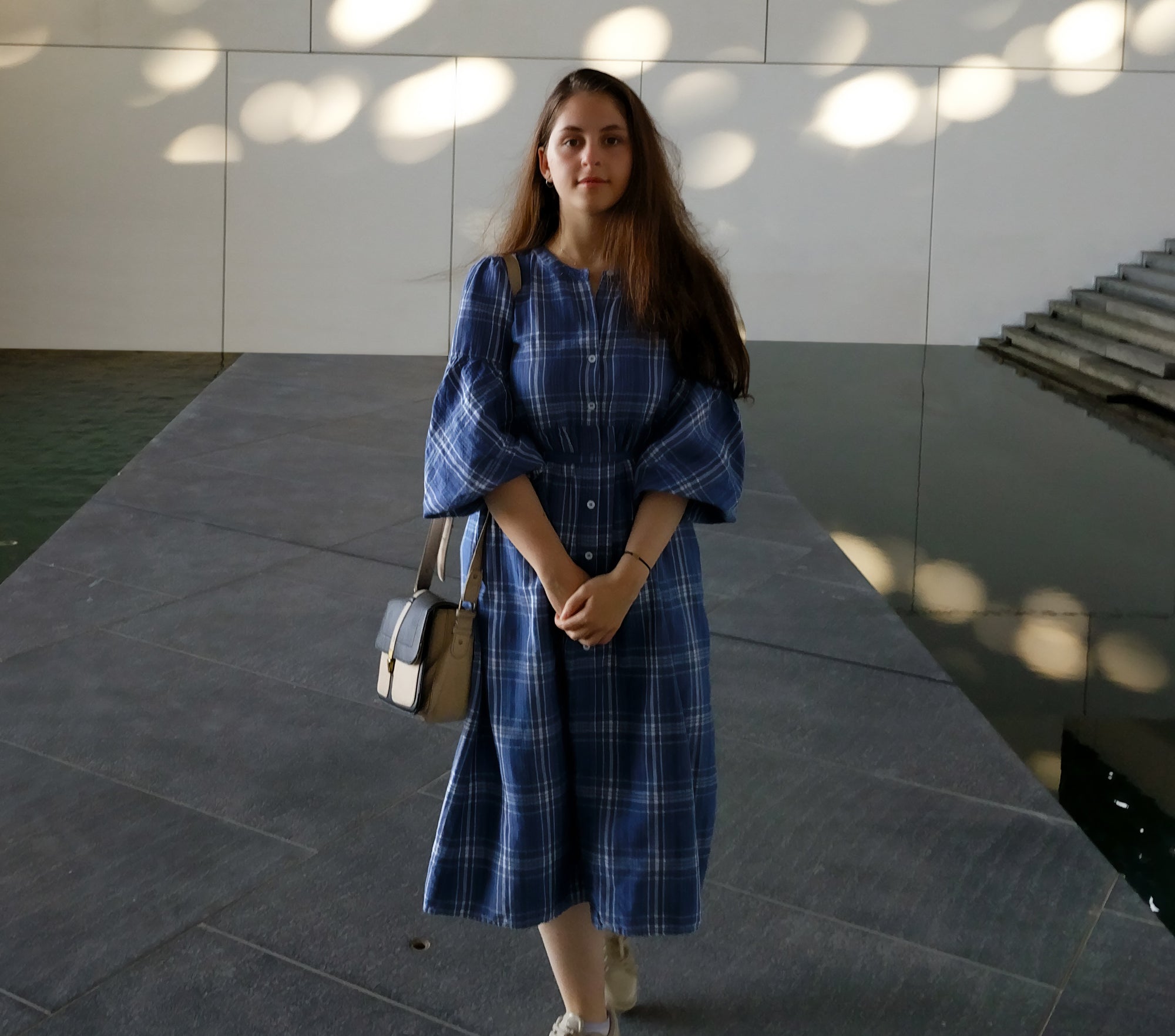What Other Mediums are Popularly Used with Pens?
Pen art often combines seamlessly with various other mediums to enhance and diversify artistic expression. Some popular mediums used in conjunction with pens include:
- Watercolor: The combination of pen and watercolor, known as pen and wash, allows artists to introduce color into their detailed drawings. This technique is valued for its ability to create dynamic and expressive artworks.
- Markers: Artists may use markers in conjunction with pens to add bold, vibrant colors to specific areas of their illustrations. This combination is common in comic art and graphic design.
- Colored Pencils: When seeking a more controlled and textured approach to coloring, colored pencils can be employed alongside pen work. This combination is particularly effective for achieving subtle gradients and detailed shading.
- Digital Media: With advancements in technology, many pen artists have embraced digital tools. Tablets and styluses enable artists to create digital pen art, offering additional flexibility, undo functions, and a wide range of digital brushes and effects.
- Ink Washes: Beyond watercolor, artists may use ink washes to add monochromatic tones and shadows to their pen drawings. This technique enhances depth and dimension, especially in black and white compositions.
The combination of pens with these diverse mediums allows artists to push the boundaries of their creativity and produce visually captivating artworks.
Historically, When Did Pens Become a Popular Art Form?
The use of pens in art dates back centuries, with a rich historical background. While pen art as we know it today has evolved with time, the roots can be traced to illuminated manuscripts of the medieval period. Scribes and artists utilized quill pens and ink to meticulously craft intricate illustrations alongside handwritten text.
During the Renaissance, pen and ink drawing gained prominence as a standalone art form. Artists like Leonardo da Vinci and Albrecht Dürer showcased the potential of pens in capturing fine details and creating expressive lines. Over the centuries, pen art continued to evolve, finding its place in architectural drawings, scientific illustrations, and fine art.
In the modern era, the popularity of pen art surged further with the emergence of illustrators, graphic artists, and comic book artists who embraced the precision and control offered by pens. Today, pen art has become a versatile and widely appreciated form of artistic expression, with artists exploring traditional and digital mediums to create captivating works.
What Kind of Emotions Do Pen Art Evoke in the Viewer?
Pen art possesses a unique ability to evoke a range of emotions in viewers due to its precision, intricacy, and often intimate nature. Some common emotional responses include:
- Awe and Appreciation for Detail: The meticulous nature of pen art often elicits awe as viewers marvel at the intricate details and fine lines. The patience and skill required to create such pieces contribute to a deep appreciation for the artist's craftsmanship.
- Nostalgia: Pen art, especially in the context of illustrations and sketches, can evoke a sense of nostalgia. The simplicity of black and white lines may transport viewers back to a bygone era or remind them of childhood drawings.
- Intimacy and Connection: The directness of pen strokes and the permanence of each mark can create a sense of intimacy between the artist and the viewer. It feels like a personal conversation, revealing the artist's thoughts and emotions through each line.
- Seriousness and Depth: The stark contrast and bold lines in pen art often convey a sense of seriousness and depth. This can be particularly effective in conveying weighty or contemplative themes.
- Curiosity and Exploration: Abstract or surreal pen art may prompt a sense of curiosity and a desire to explore the intricacies of the composition. Viewers may find themselves drawn into the details, uncovering hidden meanings or stories within the lines.
Ultimately, the emotional impact of pen art varies widely based on the style, subject matter, and the individual viewer's experiences and perceptions. The beauty of pen art lies in its ability to communicate complex emotions through the simplicity of lines.
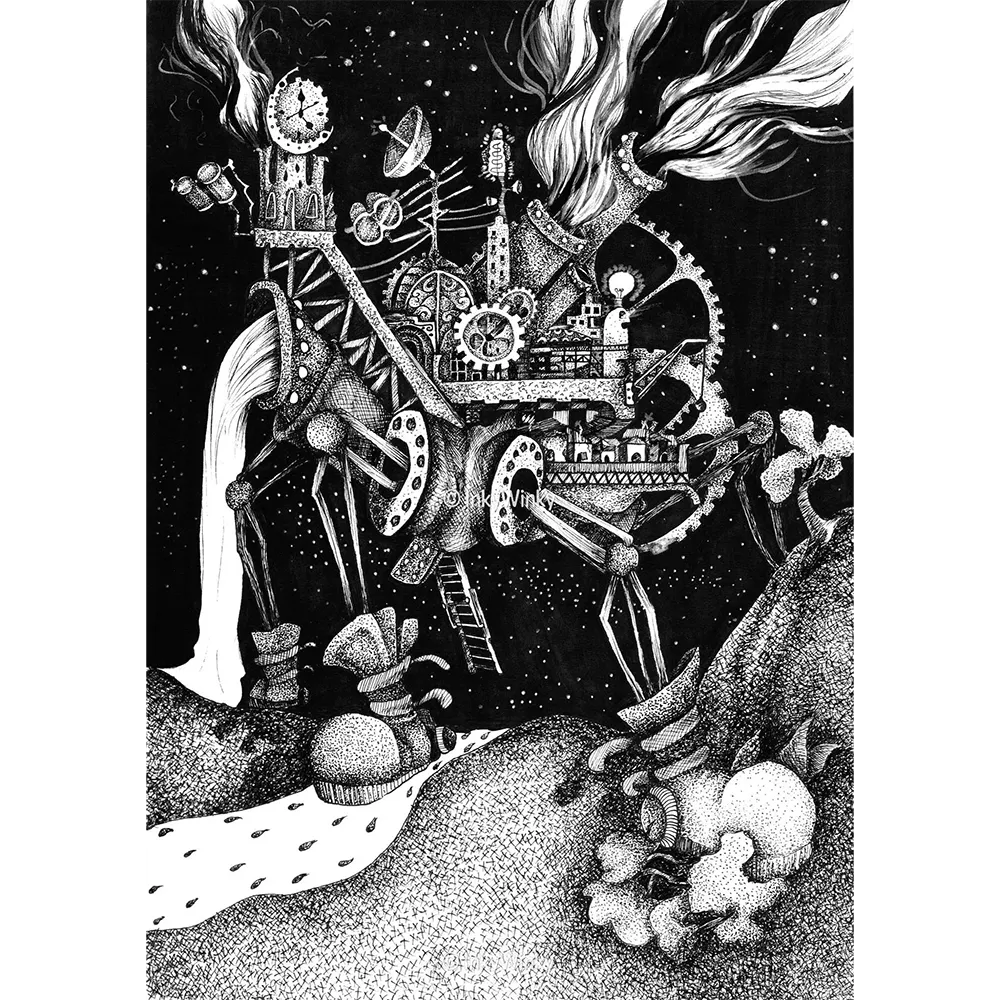
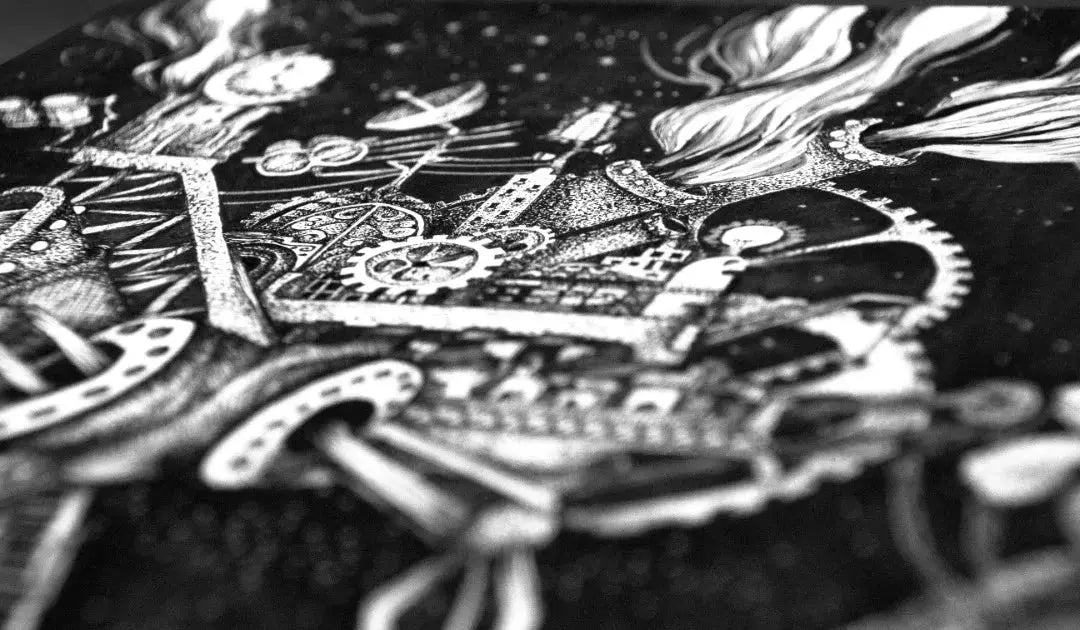 The Walking City - Fine Art Print
The Walking City - Fine Art Print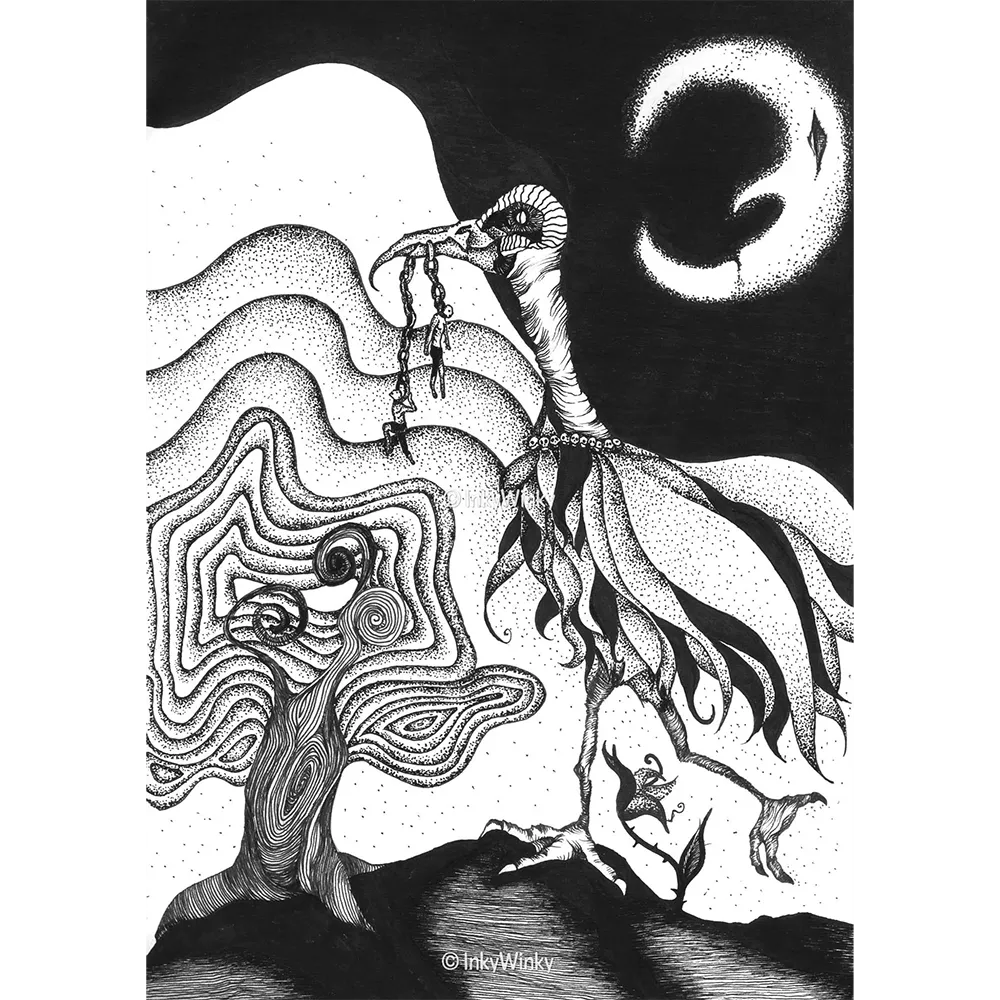
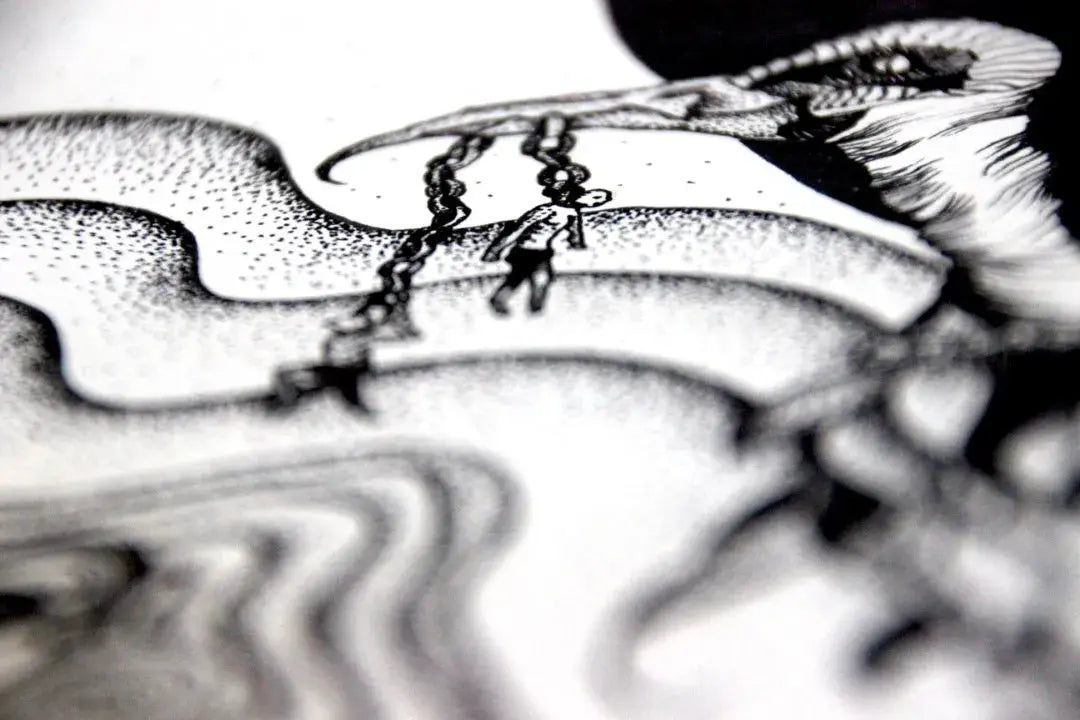
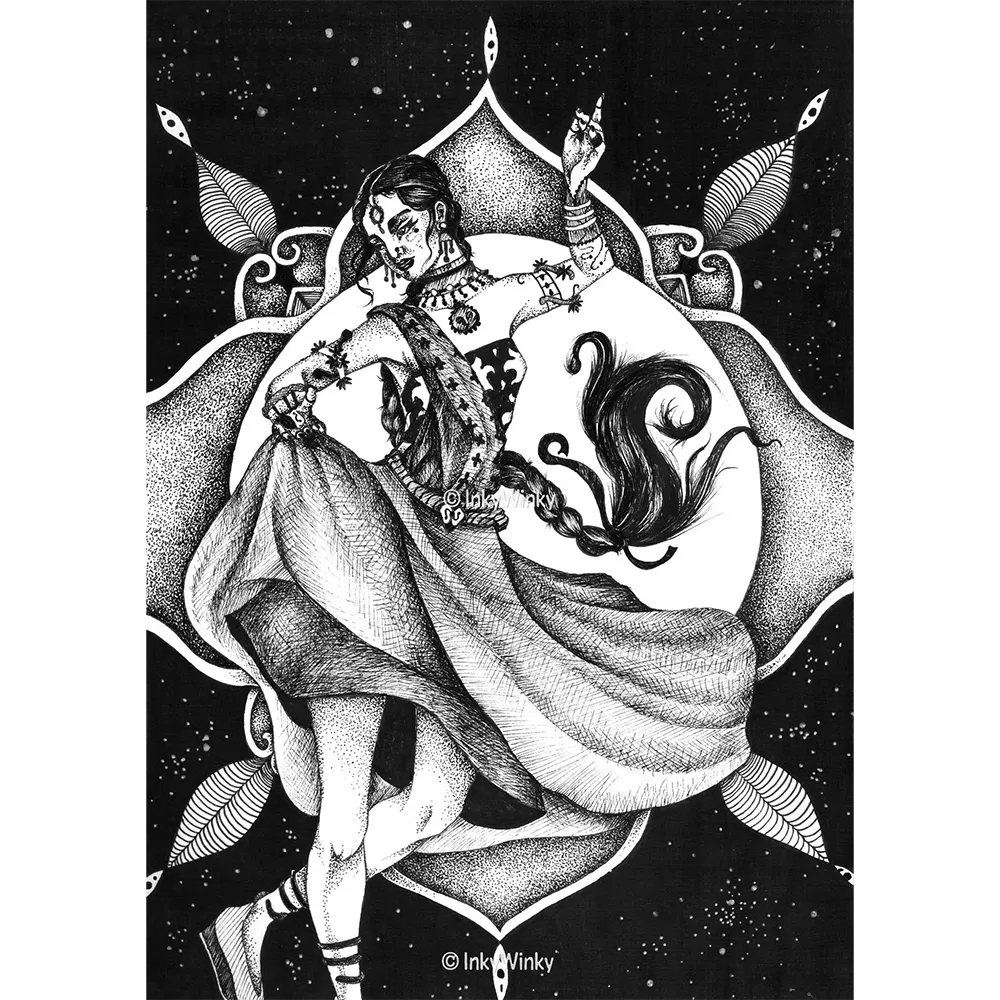
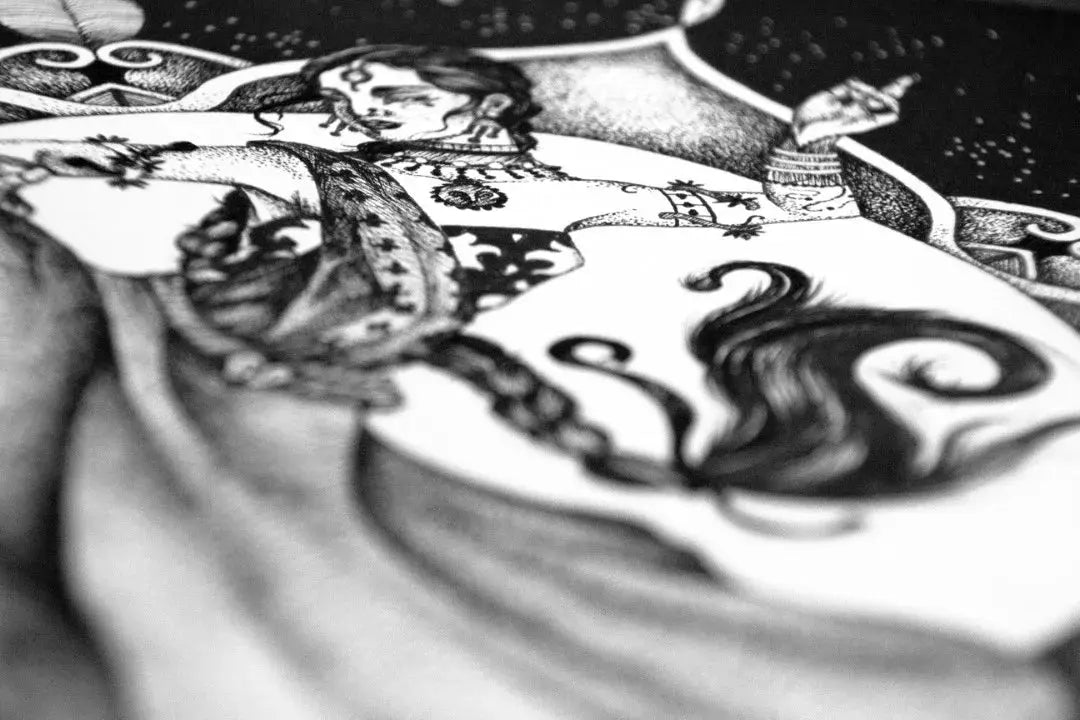
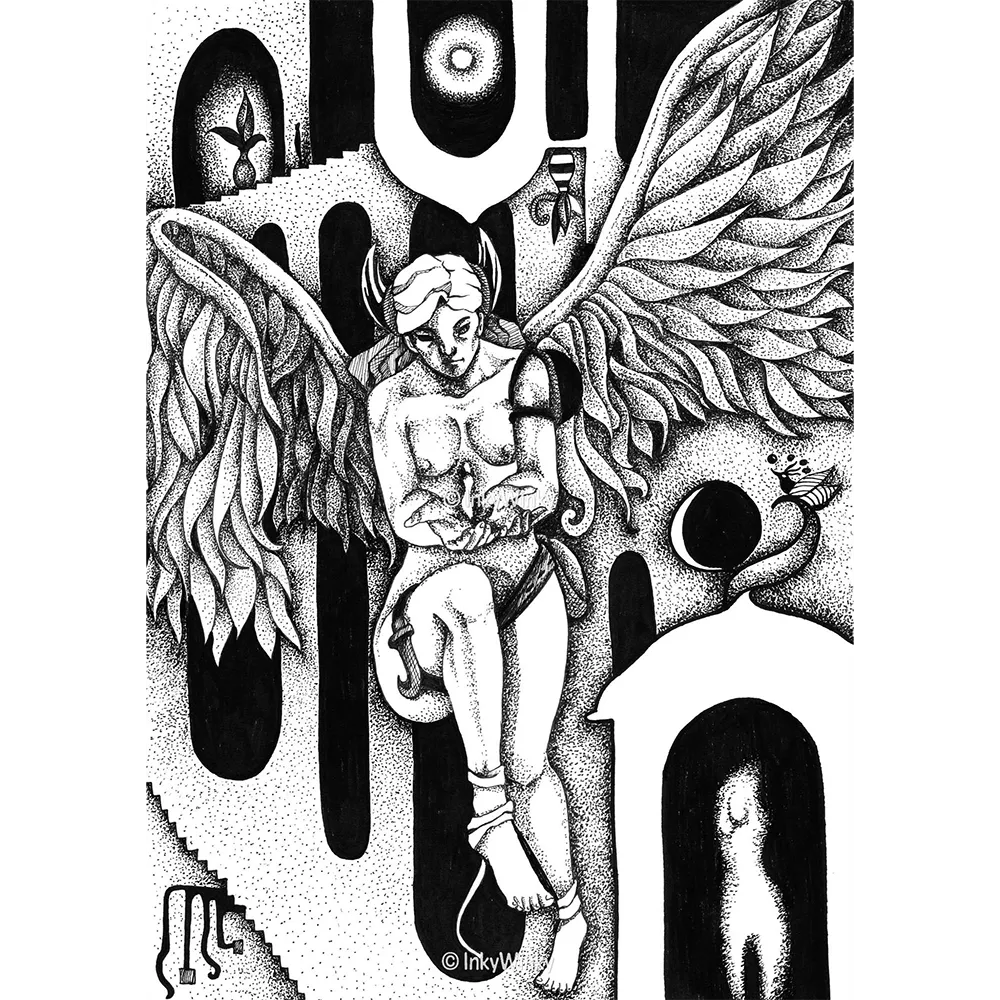
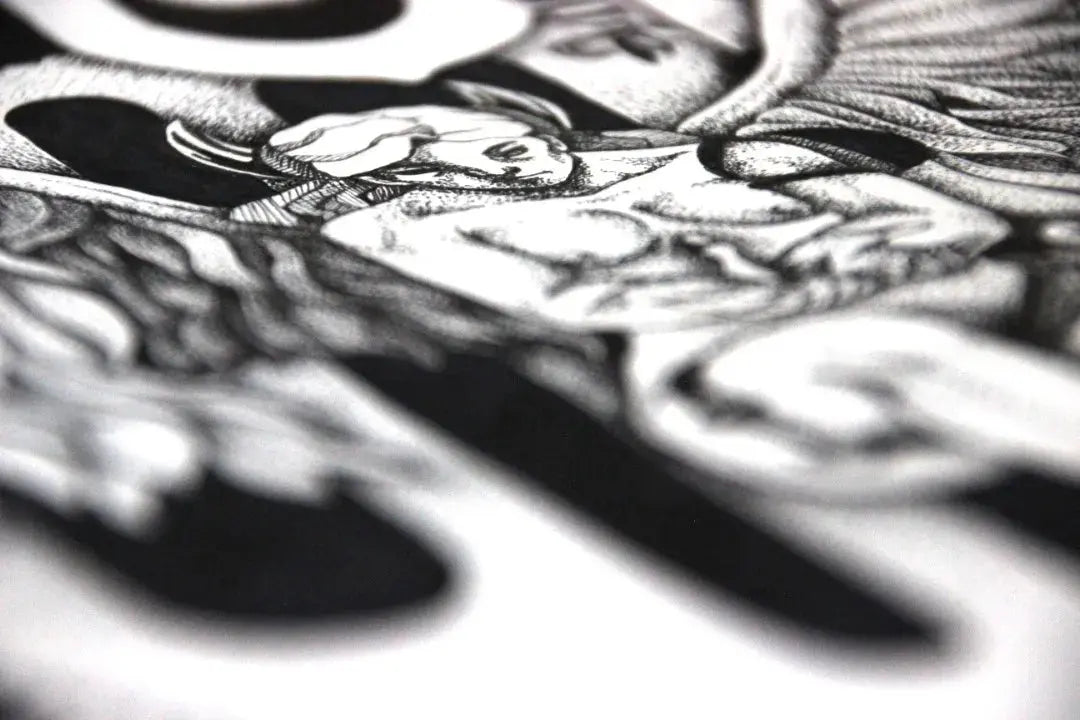
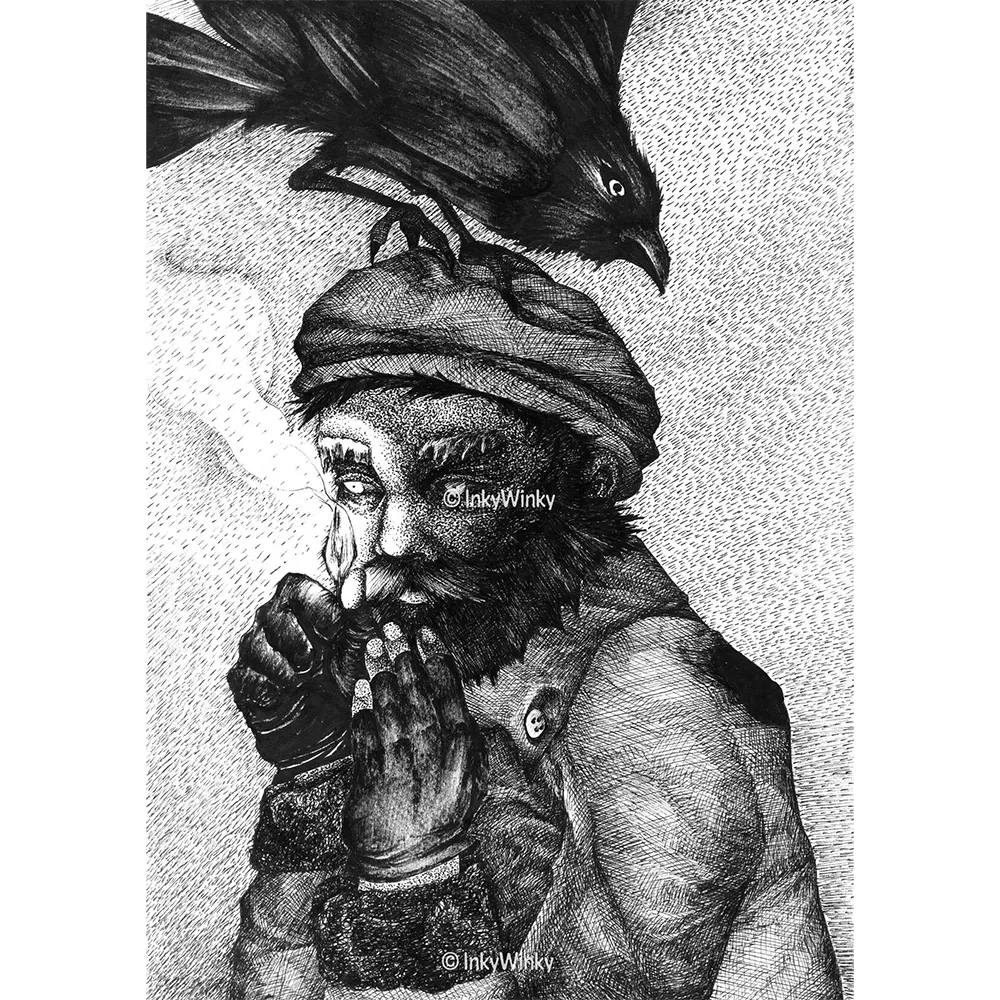
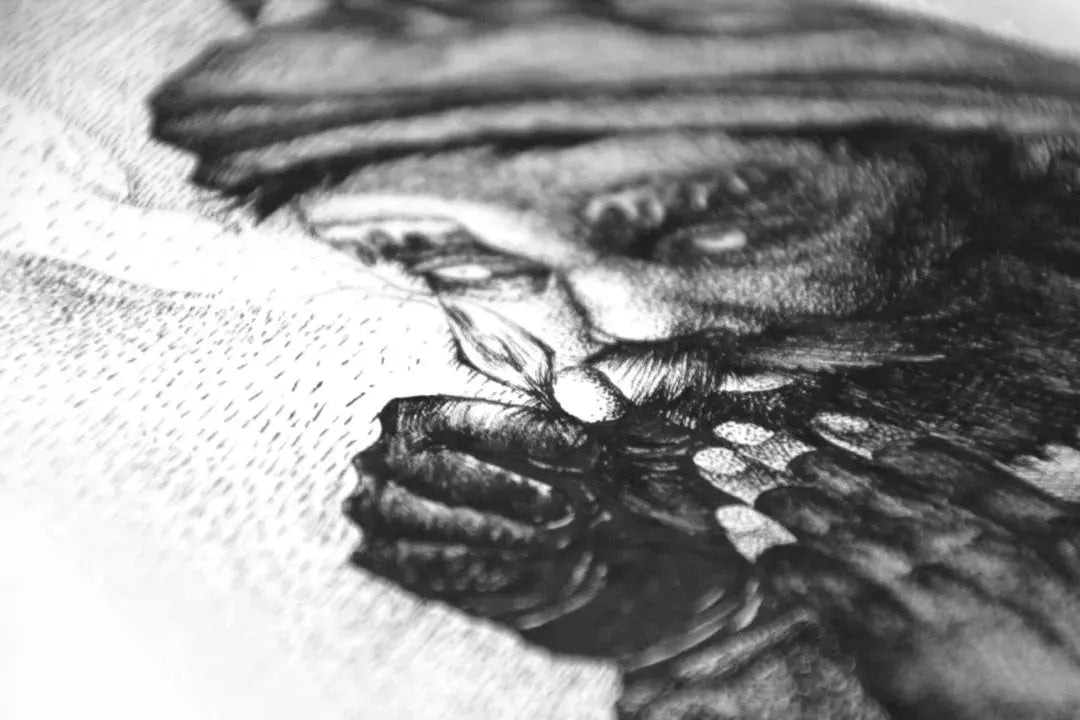
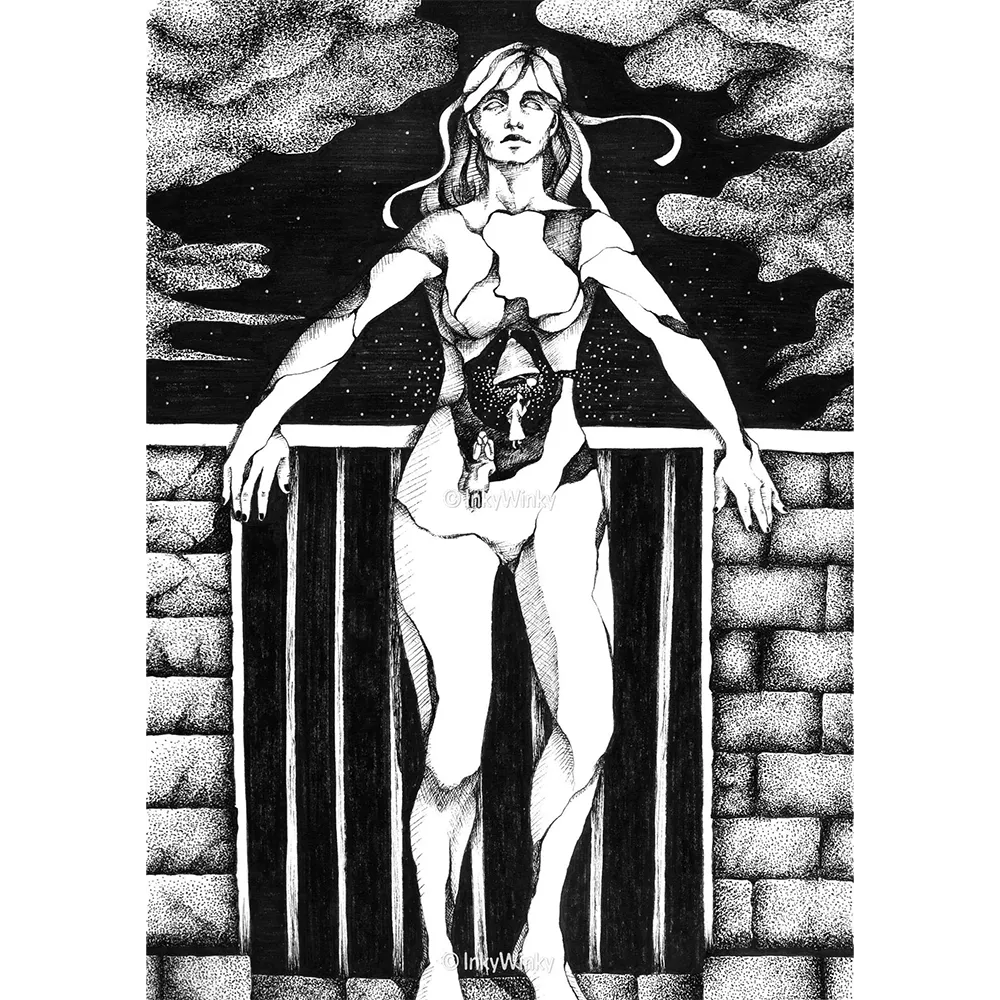
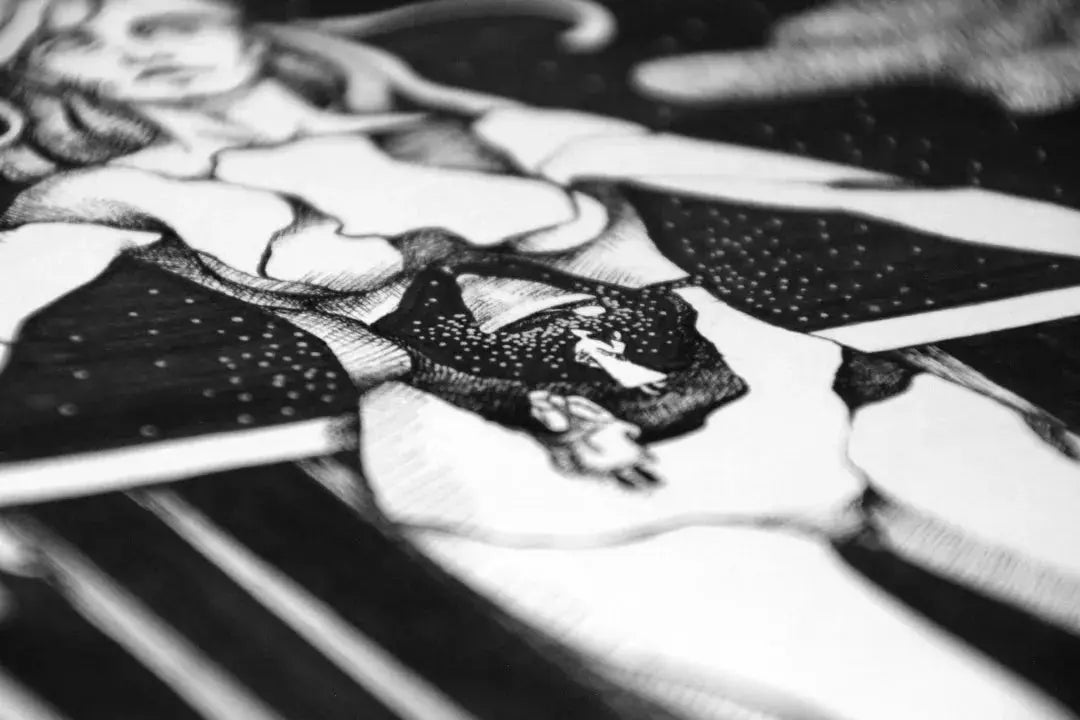 Bells of a Soul - Fine Art Print
Bells of a Soul - Fine Art Print